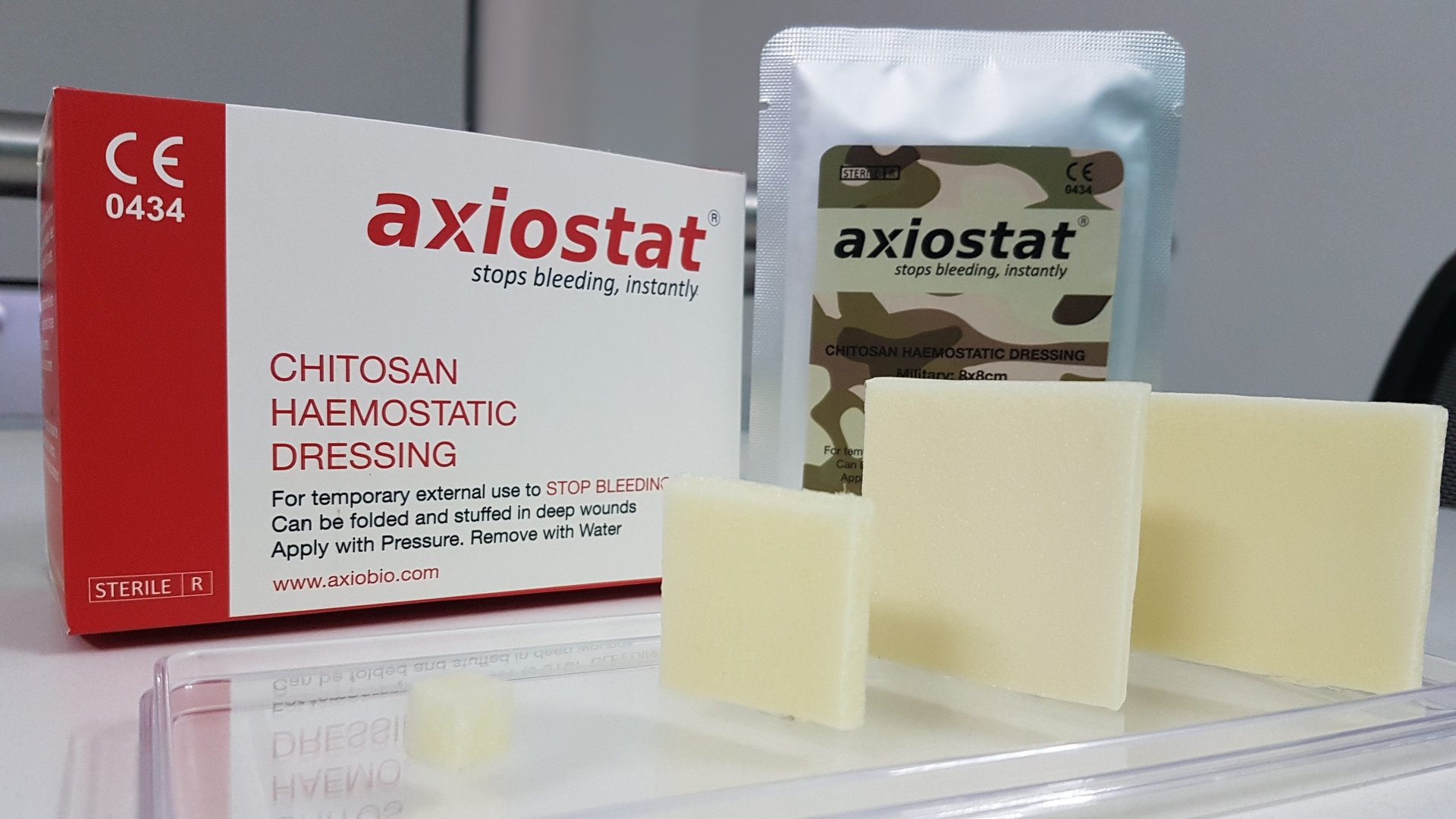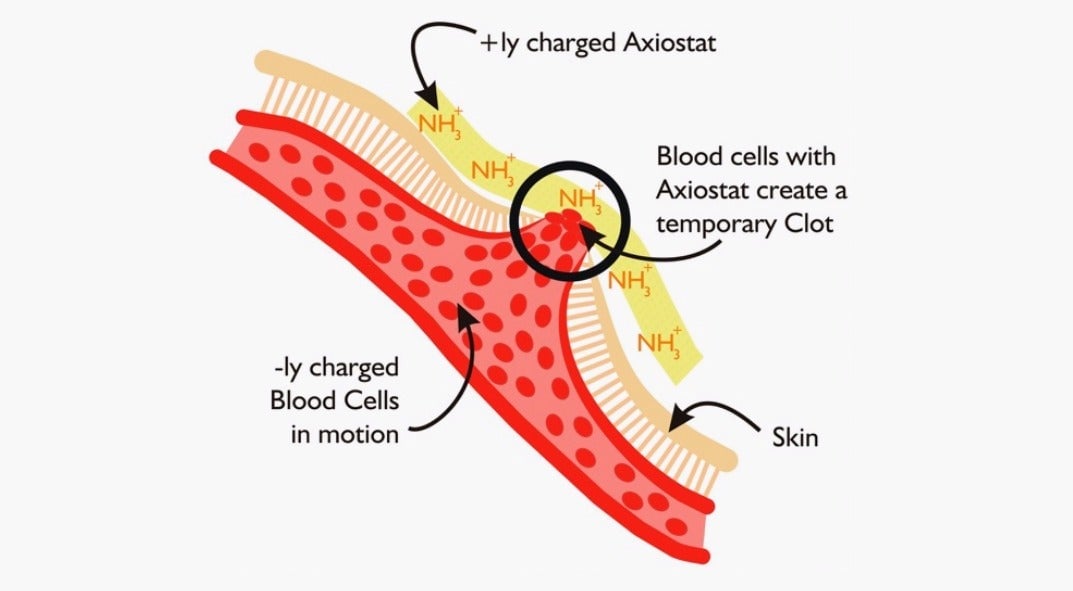An Indian bioengineer is using a polymer found in shellfish to stop bleeding within minutes
Over a decade ago, back when he was an applied biotechnology student, Leo Mavely found himself helping a road-accident victim one day. Despite applying tremendous pressure on the wound, he could not stop the bleeding. The cotton gauze being used was hardly helpful. While, luckily, the victim survived, that disturbing thought didn’t leave Mavely. Wound care was in for disruption.


Over a decade ago, back when he was an applied biotechnology student, Leo Mavely found himself helping a road-accident victim one day. Despite applying tremendous pressure on the wound, he could not stop the bleeding. The cotton gauze being used was hardly helpful. While, luckily, the victim survived, that disturbing thought didn’t leave Mavely. Wound care was in for disruption.
In 2008, Mavely established Axio Biosolutions under the startup incubator Nirma Labs in Ahmedabad, Gujarat. His vision was to create a solution for uncontrollable haemorrhage. Nearly a decade after its inception, his healthcare startup, based out of Bengaluru for the last two years, is revolutionising wound care across the world with the Axiostat Haemostatic Dressing.
Axiostat is “India’s first trauma haemostat,” a wound dressing made of 100% chitosan, a naturally occurring polymer found in shellfish, the company says. It stops bleeding within minutes of being applied.

While it looks like dry sponge, when it comes in contact with blood, Axiostat turns sticky and forms an adhesive layer on the blood vessels. All sides of the product are created equal, so there’s no right or wrong side or a prescribed technique to use the product. You just need to take it out of the packaging and place it on the wound. “Blood (has a) net negative (charge) and the product is highly positive, forming a strong adhesive seal,” says Mavely.
The medical pad comes in multiple sizes—5x5cm, 5x8cm, and 8x8cm—and can stay on the wound for upto 48 hours. The dressing can be removed easily using saline water, leaving no residue.
Though Axiostat was cleared for the market in 2011, sales began only in 2014 (the company waited for a European certification as well). So far, Mavely estimates that between 200,000 to 250,000 units of Axiostat have been sold globally.
One tool, many uses
A recent report from the ministry of road transport and highways noted that, on an average day, 1,324 accidents occur on Indian roads, killing 349 people. In a country like India, where roads are poorly maintained and congested, and emergency services are slow, Axiostat could mark the difference between life and death, and that applies to surgical procedures, too. For instance, it normally takes over 30 minutes of manual pressure to plug blood loss following an angioplasty. With Axiostat, however, it can be stopped in just four minutes, Mavely told Quartz. Government hospitals and private institutions, including the All India Institute of Medical Sciences (AIIMS), New Delhi, have already begun using the product, he said.
It has also found use on the battlefield. Axio’s clientele extends from the Indian Army and regional police forces to militaries in the Middle East and Europe, the company said. Quartz could not independently verify this.
The product pricing starts at Rs60 (less than $1) for clinical use cases and goes up to Rs3000 (over $46) for dressings sold to militaries.
A slew of marquee investors, such as Accel Partners, IDG Ventures, and Gujarat Venture Finance back Axio. It is hopeful about its prospects in the global haemostat market, poised to grow from $1.7 billion today to over $2.76 billion by 2020. As a next step, Axio wants to reach consumers directly. To keep up with rising demand, it has commissioned a manufacturing facility in Ahmedabad to churn out one million units annually .
“I see it in every household and automobile, so you don’t have to rush to the hospital (for every injury),” Mavely said.